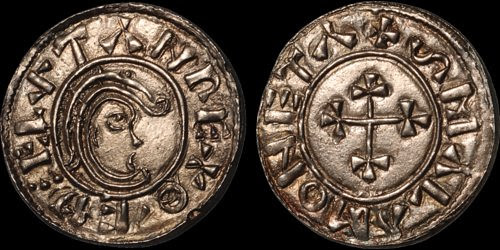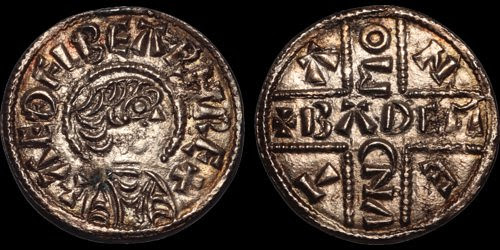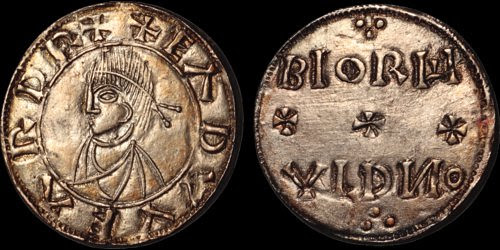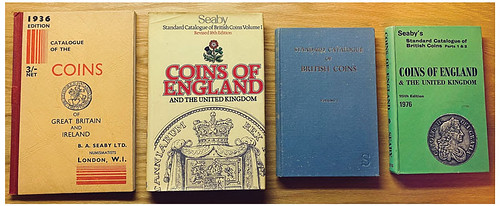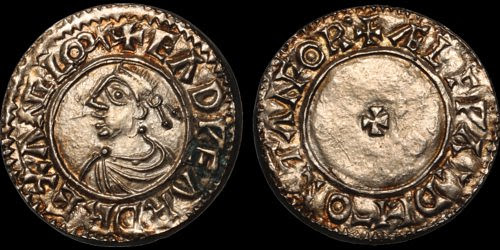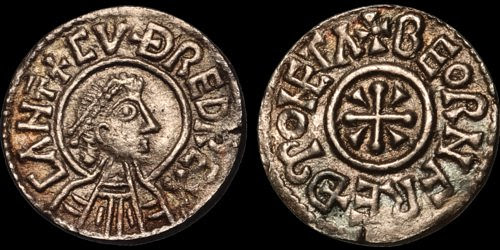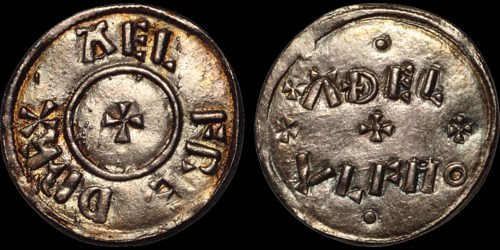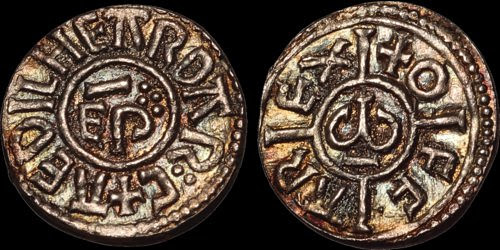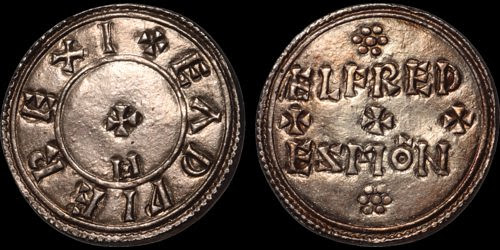
PREV ARTICLE
NEXT ARTICLE
FULL ISSUE
PREV FULL ISSUE
BRITISH STANDARD CATALOG PLATE COINSIn a January 21, 2002 email to clients, dealer Allan Davisson discussed an interesting group of electrotype copies of British coins and how they were used to create plate images for the Standard Catalog of British Coins. With permission we're republishing it here. Thanks! -Editor This all began after I pulled a small group of electrotype copies of British coins that I have been holding for decades out of the safe deposit box and began researching their history. Double-thick with clear lines around the edges showing where the two halves were fastened together, the pieces looked like a series of British Museum copies similar to the copies of the Museum's magnificent ancient coins produced in the 19th century. The images in the two volumes on Anglo-Saxon coins published by the British Museum in 1887 and 1893 were clear matches of the electrotypes. But this did not answer the question of how they were used until I pulled out the first edition of The Standard Catalog of British Coins 1965 edited by Herbert Seaby. The Anglo-Saxon coins shown there were illustrations of the same British Museum coins.
Though Seaby gave this 1965 volume the designation
In the process of comparing the pieces the picture of the penny of Edward the Martyr (catalog number 662 in that first edition) to the piece in my group offered a strong clue. The darkness in the obverse legend from 3 to 5 o'clock was the same on the photo as on the piece in my hand. Other pieces confirmed this—weakness in the legend at
These images were used continuously through the change from a small 5 by 7 1/2 inch format to the now standard 5 1/2 by 8 3/4 inch format in 1978. The name changed from
The 1997 Preface goes on to thank The Standard Catalog of British Coins published as the First Edition 1962 began a series that has become the essential standard for anyone interested in British coins. In the years since, the catalog has grown from a small format 224 page book to a 600+ page volume with details added to many sections, and beginning in 2011 several pages of advertising placed by dealers of British coins. Allan adds: "The Aethelheard piece (second from the bottom) is shown here exactly as it was in the Standard Catalog all those years. However, the reverse is upside down—a mistake that no one caught in all the time the reference was published."
To visit the Davissons Ltd. website, see:
Wayne Homren, Editor The Numismatic Bibliomania Society is a non-profit organization promoting numismatic literature. See our web site at coinbooks.org. To submit items for publication in The E-Sylum, write to the Editor at this address: whomren@gmail.com To subscribe go to: https://my.binhost.com/lists/listinfo/esylum All Rights Reserved. NBS Home Page Contact the NBS webmaster 
|
